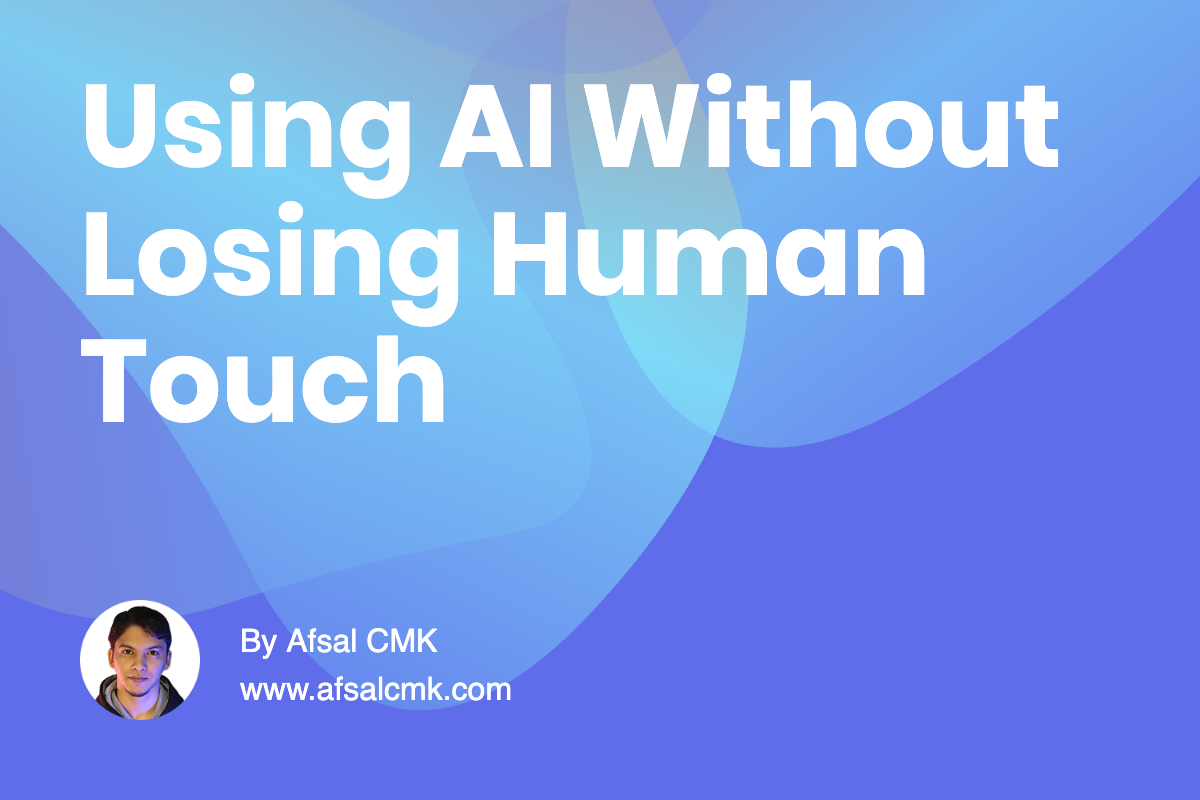
Using AI Without Losing Human Touch
I recently watched a team explore how AI could shape their product design. They started by using AI to generate UI layouts, suggest color palettes, and even predict user flows based on past behavior. What fascinated me was not that AI could do these tasks, but how it shifted the way the team approached design decisions. Instead of spending hours debating minor details, they could focus on larger strategy and user impact.
AI isn’t about replacing designers; it’s about extending your capabilities. You can leverage AI for quick prototyping, testing multiple interaction patterns, or identifying usability gaps faster than traditional methods. But it’s easy to fall into the trap of over-relying on AI suggestions without context. The real value comes when you combine human judgment with AI insights, allowing you to make informed choices quickly and iterate efficiently.
Thinking about the future, AI will continue to influence UX and product development in ways we can only partially predict. Designers will need to adapt by understanding AI outputs, questioning them, and integrating them into user-centered thinking. It’s no longer just about what looks good or works well, but how technology can amplify your design decisions.
- Use AI to generate multiple UI variations quickly for experimentation.
- Leverage AI insights to analyze user behavior patterns and optimize flows.
- Combine AI suggestions with your design instincts, not as a final authority.
- Automate repetitive tasks with AI to free time for strategic thinking.
- Continuously learn how AI tools evolve and explore their integration into your workflow.
As a designer, the goal is to see AI as a collaborator rather than a shortcut. Begin by integrating AI into one part of your workflow, observe the results, and iterate. By embracing AI thoughtfully, you’ll not only speed up the design process but also enhance the creativity, insight, and impact of your work. The future belongs to those who can balance human intuition with intelligent automation.